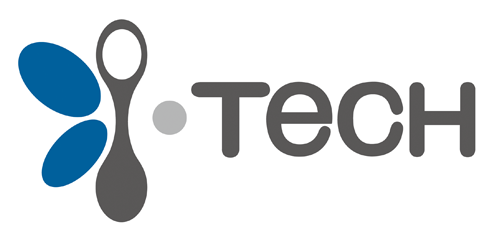Introduction
The field of cybersecurity is constantly evolving, with new threats and technologies emerging at a rapid pace. In 2024, several key trends are shaping the cybersecurity landscape. This article explores these trends, providing insights and best practices to help organizations and individuals navigate the new threat landscape.
1. The Rise of AI-Powered Cyber Attacks
Overview
Artificial Intelligence (AI) is revolutionizing various industries, including cybersecurity. However, cybercriminals are also leveraging AI to enhance the sophistication of their attacks. AI-powered malware and phishing attacks are becoming more prevalent, posing significant challenges for traditional security measures.
Key Points
- AI-driven Phishing: AI is used to create highly convincing phishing emails that can mimic human behavior and language, making them harder to detect.
- Advanced Malware: AI algorithms can be employed to develop malware that can adapt and evolve, evading conventional antivirus software.
- Automated Attacks: AI enables the automation of cyber attacks, increasing their speed and scale.
Best Practices
- AI-based Defense Systems: Implement AI-driven cybersecurity solutions to detect and respond to threats in real-time.
- Continuous Training: Regularly update and train security personnel to recognize AI-driven threats.
- Multi-layered Security: Use a combination of security measures, including behavioral analysis and anomaly detection.
2. Zero Trust Architecture (ZTA)
Overview
The Zero Trust model is gaining traction as a fundamental cybersecurity strategy. Unlike traditional perimeter-based security, Zero Trust assumes that threats can exist both inside and outside the network, necessitating strict identity verification and access controls.
Key Points
- Micro-segmentation: Divides the network into smaller, isolated segments to prevent lateral movement of threats.
- Identity and Access Management (IAM): Enforces strict authentication and authorization for every user and device.
- Continuous Monitoring: Regularly monitors and verifies user activities to detect and mitigate suspicious behavior.
Best Practices
- Implement ZTA: Gradually transition to a Zero Trust Architecture to enhance security posture.
- Adopt Strong IAM Policies: Use multi-factor authentication (MFA) and role-based access controls (RBAC).
- Regular Audits: Conduct continuous security audits and assessments to ensure compliance with Zero Trust principles.
3. Quantum Computing and Cryptography
Overview
Quantum computing poses a potential threat to current cryptographic standards. As quantum computers become more powerful, they could break traditional encryption algorithms, leading to significant security vulnerabilities.
Key Points
- Post-Quantum Cryptography: Developing and implementing cryptographic algorithms that are resistant to quantum attacks.
- Hybrid Cryptography: Combining classical and quantum-resistant algorithms to ensure secure communication.
- Research and Development: Investing in quantum-safe technologies and protocols.
Best Practices
- Stay Informed: Keep abreast of developments in quantum computing and its implications for cybersecurity.
- Implement Post-Quantum Solutions: Begin transitioning to quantum-resistant cryptographic methods.
- Collaboration: Work with industry experts and organizations to develop and adopt quantum-safe standards.
4. Increased Focus on Supply Chain Security
Overview
Supply chain attacks, where cybercriminals target vulnerabilities in third-party vendors, have become more frequent. Ensuring the security of the entire supply chain is critical to preventing such attacks.
Key Points
- Vendor Risk Management: Assess and monitor the security practices of all third-party vendors.
- Supply Chain Transparency: Ensure visibility into the security measures of suppliers and partners.
- Secure Software Development: Adopt secure coding practices and conduct regular code reviews.
Best Practices
- Conduct Thorough Assessments: Regularly evaluate the security posture of third-party vendors.
- Enhance Transparency: Require vendors to provide detailed information about their security practices.
- Adopt Best Practices: Implement industry-standard security measures throughout the supply chain.
5. Rise of Remote Work and IoT Security Challenges
Overview
The increase in remote work and the proliferation of Internet of Things (IoT) devices have expanded the attack surface for cybercriminals. Securing remote work environments and IoT devices is essential to mitigate these risks.
Key Points
- Secure Remote Access: Use VPNs, MFA, and secure remote desktop solutions to protect remote connections.
- IoT Device Management: Implement robust security measures for IoT devices, including regular updates and patch management.
- User Awareness: Educate employees about the security risks associated with remote work and IoT devices.
Best Practices
- Implement Strong Remote Access Policies: Ensure all remote connections are secure and monitored.
- Secure IoT Devices: Regularly update and patch IoT devices, and segment them from critical networks.
- Employee Training: Provide regular cybersecurity training to remote workers and users of IoT devices.
Conclusion
As cybersecurity threats continue to evolve, staying informed about the latest trends and best practices is crucial. By understanding and addressing these emerging challenges, organizations and individuals can enhance their security posture and protect against the ever-changing threat landscape.

